When we think of Ireland, vibrant green landscapes, ancient castles, and Celtic tales might come to mind. Yet beneath its rolling hills and charming scenery lies a hidden narrative written in stone – the story of the giant Irish dinosaurs. Recent fossil discoveries in Ireland have shed light on the ancient creatures that roamed Europe millions of years ago, offering a captivating glimpse into the prehistoric world. This article delves into these fascinating findings, exploring what they reveal about the land we now know as Ireland during the age of dinosaurs.
The Discovery of Irish Dinosaur Fossils
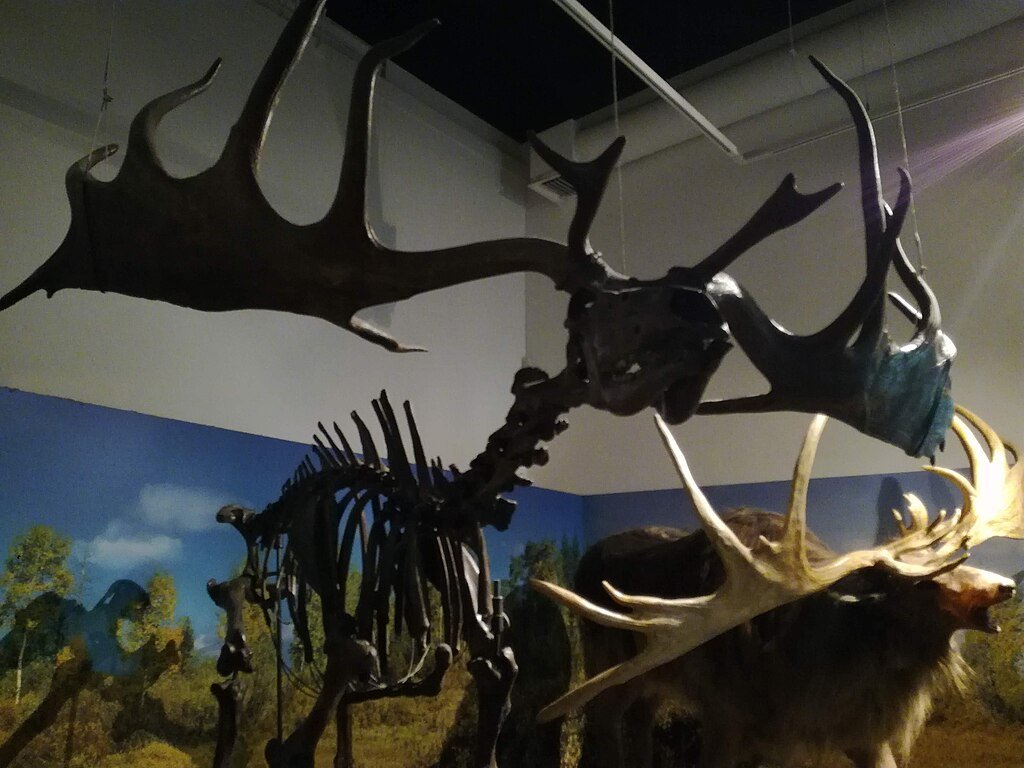
The tale began with the accidental discovery of dinosaur bones along the coast of County Antrim. What started as simple exploration led to a groundbreaking revelation – dinosaurs once tromped through what is now the Emerald Isle. These rare fossils are a testament to the earth’s dynamic history and offer invaluable insights into past ecosystems.
What Makes These Discoveries Unique?

Irish dinosaur fossils are exceptional not only due to their rarity but also because of the insights they provide about the connection between Ireland and other landmasses during the Mesozoic Era. The fossils indicate that the region was far warmer and more hospitable to dinosaurs than it is today, suggesting a vivid image of ancient Ireland as a lush and thriving environment.
Types of Dinosaurs Found in Ireland
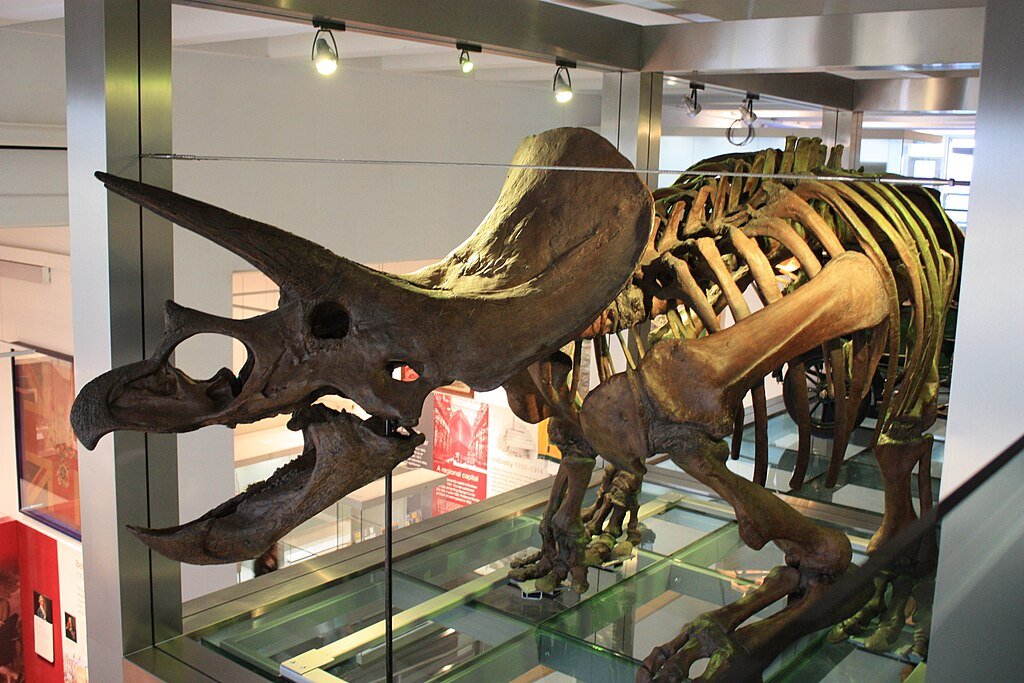
Though few in number, the fossils found have belonged to large herbivorous and carnivorous dinosaurs. Among the most notable are traces of theropods, akin to the celebrated Tyrannosaurus rex, and large plant-eating dinosaurs resembling those seen in continental Europe. These findings are integral in painting a comprehensive picture of dinosaur life across prehistoric Europe.
What Fossils Tell Us About Prehistoric Europe
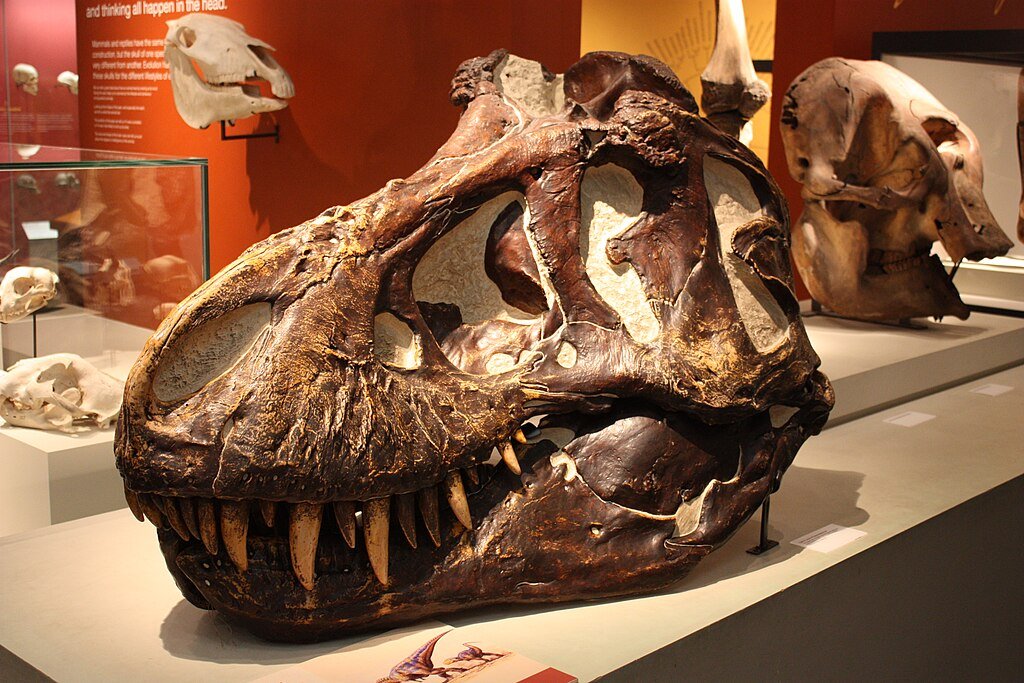
The fossils unearthed in Ireland contribute significantly to understanding the broader landscape of prehistoric Europe. Fossils can reveal migratory patterns, evolutionary developments, and ecological shifts, providing clues about how dinosaurs interacted with their environment. Irish fossils, in particular, help bridge knowledge gaps regarding species distribution and regional diversity across ancient Europe.
The Link Between Ireland and Other Regions

In prehistoric times, Ireland was not an isolated landmass but a part of a larger continent that connected current-day Europe, North America, and beyond. The similarities between Irish fossils and those found in other regions underscore the theory of shifting continents and shared ecosystems. This linkage highlights the dynamic nature of Earth’s geological and biological history.
The Mesozoic Environment of Ireland
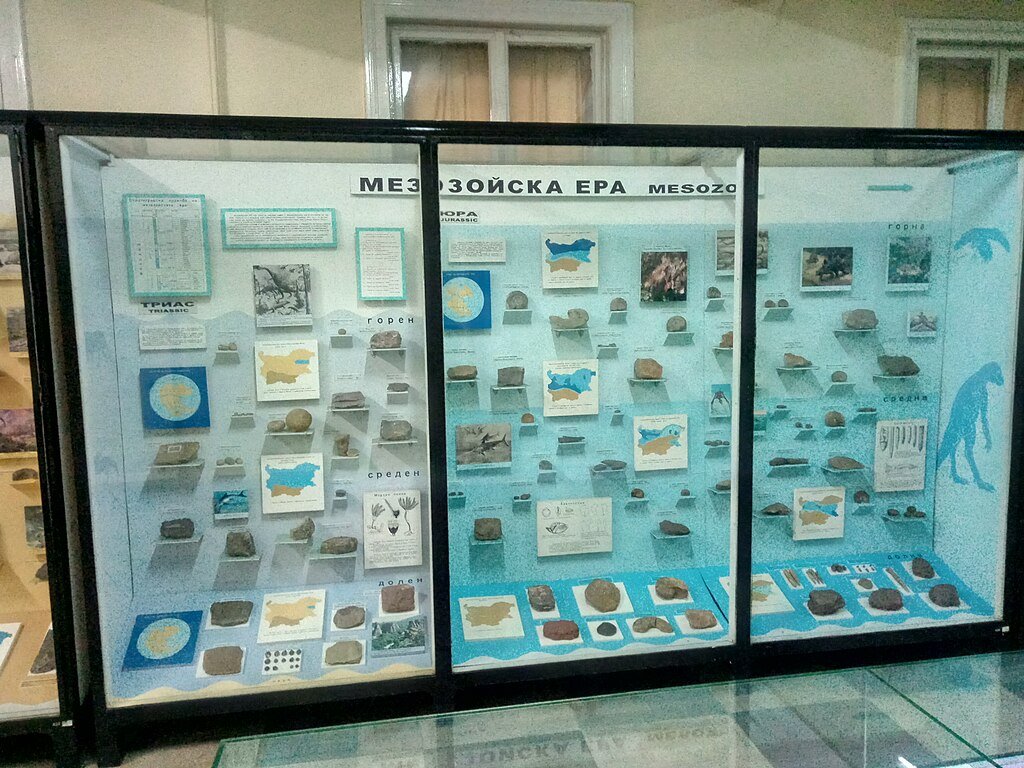
During the Mesozoic Era, Ireland’s climate and geography were vastly different. The region was part of the supercontinent Laurasia, sitting a lot closer to the equator than it does today. The climate would have been subtropical, fostering an environment rich in vegetation, lakes, and rivers, ideal for sustaining diverse dinosaur communities.
Understanding Ireland’s Geological Changes

Studying the stratigraphy where these fossils are found enables scientists to unravel the geological changes that shaped Ireland’s landscape over millions of years. These changes, from volcanic activities to shifts in sea levels and tectonic movements, have played a pivotal role in molding the characteristics of the island we recognize today.
Preserving Ireland’s Dinosaur Heritage
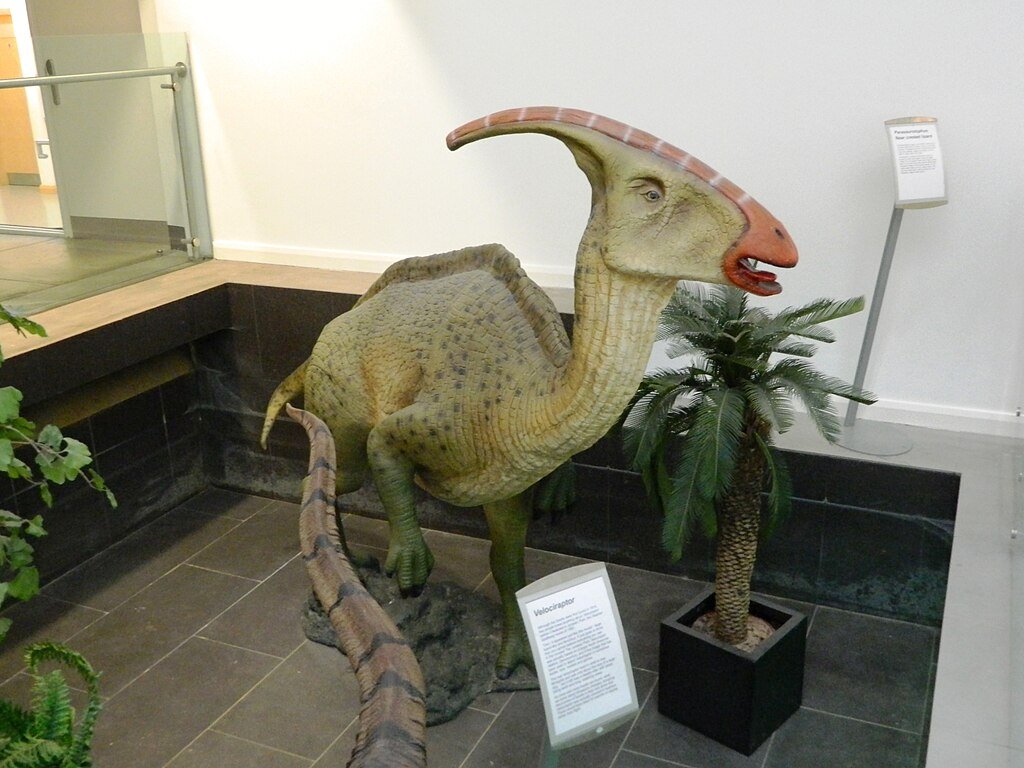
Efforts are underway to preserve these precious fossils for both scientific research and educational purposes. Enhancing public awareness and constructing dedicated spaces for these fossils help cultivate a greater appreciation for Ireland’s rich prehistoric heritage, encouraging further discoveries and exploration.
The Future of Paleontological Research in Ireland

The discovery of dinosaur fossils in Ireland marks only the beginning of an exciting journey for paleontologists. As methodologies advance and technologies evolve, the continuing search for fossils offers the potential to expand our understanding of prehistoric life and fortify connections to other significant discoveries worldwide.
Conclusion: Ireland’s Role in Prehistoric Europe
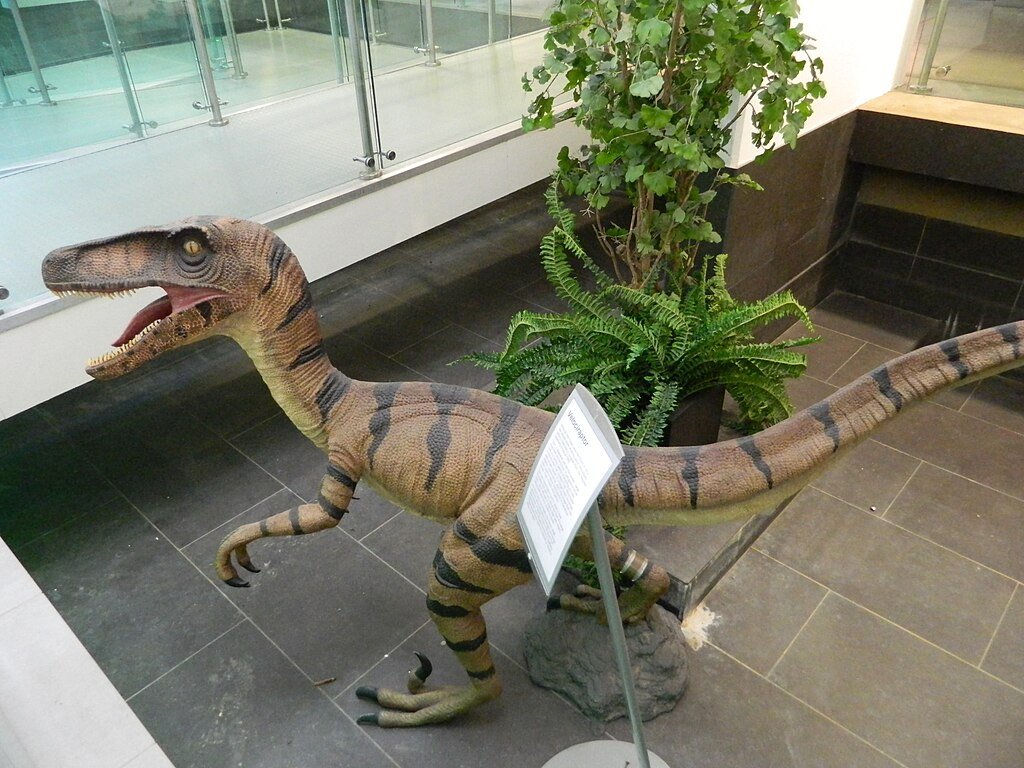
The giant Irish dinosaurs, with their ancient bones, offer a captivating window into the distant past. These fossils not only reveal the dynamic changes of Earth’s history but also highlight Ireland’s essential role in piecing together the complex puzzle of prehistoric Europe. As we unearth the secrets held in Irish soil, we gain a deeper appreciation for the interconnectedness of our natural world, past, and present.


